Ever feel like your child’s education is speaking a different language? Terms like “rubrics” and “portfolios” might sound more like art class than math, and the focus on “competencies” instead of just grades can leave parents scratching their heads. You’re not alone! Education is evolving, and one of the biggest shifts is the rise of competency-based learning. But what exactly is it, and how can you, as a parent, navigate this new landscape?
Let’s break it down. Forget rote memorization and endless tests. Competency-based learning is all about what your child can do. It’s about developing real-world skills – critical thinking, problem-solving, creativity – the kind of skills that will help them thrive in the 21st century. Think of it less like filling a bucket with facts and more like building a toolbox of skills.
So, What’s the Big Deal?
In today’s fast-paced world, employers aren’t just looking for people who can ace a test. They need individuals who can adapt, innovate, and collaborate. Competency-based learning prepares our kids for life, not just exams. It’s about demonstrating mastery, proving they’ve truly grasped a concept by applying it in practical ways.
The Parent Puzzle: Challenges and Opportunities
This shift in education is exciting, but it also presents some unique challenges for parents. It’s natural to have questions and maybe even some anxieties. Here are some common hurdles:
- Decoding the Jargon: Rubrics, portfolios, assessments…it can feel like a whole new vocabulary. Let’s simplify:
- Rubrics: Think of a rubric as a detailed map for success. It outlines exactly what’s expected in an assignment, breaking down the different levels of proficiency. It’s like a checklist for your child, and a clear guide for teachers.
- Portfolios: A portfolio is a showcase of your child’s learning journey. It’s a collection of their best work – essays, projects, artwork – demonstrating their growth and progress over time. It’s a story of their learning, not just a snapshot.
- Helping at Home (Beyond the Homework): How do you support learning when it’s not just about memorizing dates? It’s about fostering curiosity, encouraging exploration, and creating opportunities for your child to apply their knowledge in real-world situations.
- Mindset Shift: We’ve all been there – focusing on grades. But competency-based learning asks us to shift our focus to skills and abilities. It’s about celebrating effort, progress, and the development of those crucial life skills.
- Teacher Talks: A New Dialogue: Conversations with teachers might look a little different now. Instead of just asking about grades, you’ll be discussing competencies, progress, and how your child is demonstrating their learning.
Navigating the New Normal: A Parent’s Toolkit
Ready to become a competency-based learning pro? Here’s your toolkit:
- Start Early, Start Strong: Parental involvement from the very beginning is key. Talk to teachers and administrators, get to know the curriculum, and create a strong foundation for your child’s learning journey.
- Become a Jargon Buster: Don’t be afraid to ask questions! Ask teachers to explain rubrics, portfolios, and any other unfamiliar terms. Understanding the assessment methods is crucial for supporting your child.
- Home is Where the Learning Happens: Turn everyday moments into learning opportunities. Encourage problem-solving, critical thinking, and creativity. Let them explore their interests and apply what they’re learning in school to real-life situations.
- Connect, Communicate, Collaborate: Regular communication with teachers is essential. Discuss your child’s progress, ask for specific examples of how they’re demonstrating competencies, and work together as a team.
- Celebrate the Journey: Focus on the process, not just the product. Praise effort, progress, and the development of those essential skills. Learning is a journey, and every step counts.
You’ve Got This!
Remember, you are your child’s biggest cheerleader. By understanding competency-based learning and actively engaging in their education from the start, you can empower them to thrive in this exciting new learning environment. So, embrace the change, ask questions, and partner with the school to unlock your child’s full potential.
By Zaddock Onyiego


